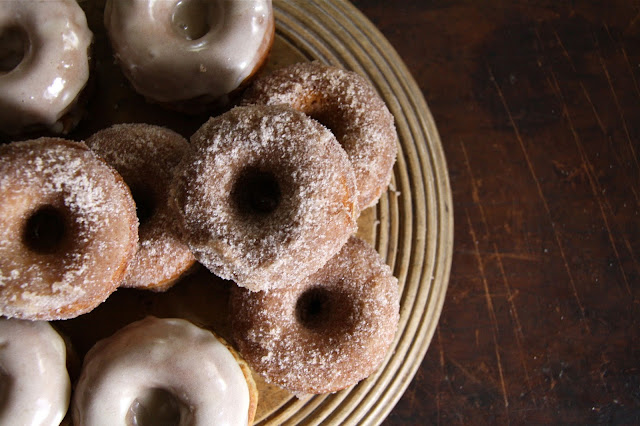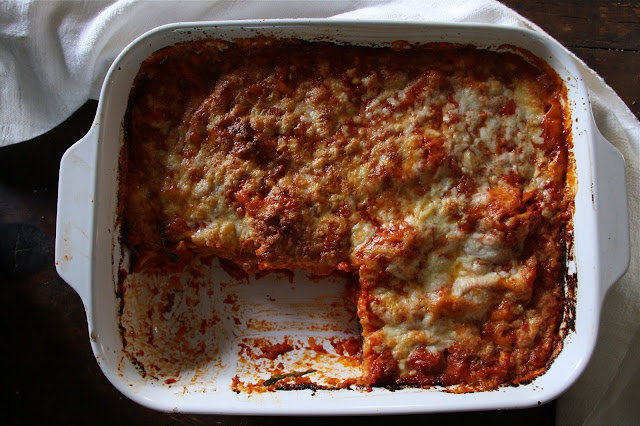
After spending six days in as close to perfect Colorado weather as possible, it's back to the reality of living in the midwestern flatlands. Had anyone other than my traveling partner been listening to my constant ramblings about the sheer beauty of the mountains, they may have wondered if I had spent my entire life in an underground cave, lived a very sheltered life, or if there was actually a six year old living in an adult body. For whatever reason or reasons, I continue to be enthralled with and awestruck by the majesty of mountains. All mountains, even the same mountains seen again and again. And despite my familiarity with Rocky Mountain National Park, it feels as if I am taking in the breathtaking mountain landscape for the first time on each return trip. Although the visual tears have now been replaced by a current of raging emotions running through body. Having loved living near the ocean for several years, the pull of the mountains on my soul seems stronger. If I had to choose between living near one or the other, I would, not surprisingly, want both. Well, maybe not both the ocean and mountains. Just the mountains and any body of water. Lakes, streams, ponds, or rivers with mountains in the backdrop would be my version of nirvana. So why don't I move? Good question. Will let you know when I have a good answer.

Just as I shall never tire of the mountains, I shall never tire of a great red sauce and pasta. And unlike where I live, there are no obstacles preventing me from enjoying Italian food. Everyday if I wanted. Although maybe I would need to have a lobster roll every now and then. There are at least a half dozen different red sauces posted to this blog, but up until now there hasn't been a pork ragu. When I came across the recipe for Pappardelle with Pork Ragu and Burrata, there was only one decision to be made. Well, maybe two. How long after I found the recipe would it take me to make it? The answer: 24 hours.

Having cleaned out the refrigerator before leaving for the trip out west, I didn't really need a reason to go to the grocery store. Living on peanut butter, oatmeal, eggs, or popcorn was an option, but not one I was excited about. Seeing a photo of the Pappardelle with Pork Ragu and Burrata was almost (but not quite) as exciting as seeing the mountains. I hadn't even finished unpacking before heading out to get the ingredients. It seemed silly to let a little unpacking and laundry get in the way of making this pork ragu.

I almost decided to make some homemade pasta to go with the pork ragu and burrata, but picked up a package of imported pappardelle instead. Maybe next time when I am not in such a hurry I will make some fresh pappardelle. Had the grocery store had fresh (refrigerated) pappardelle, I would have bought it (but they didn't). Whether you make your own, buy fresh, or buy dried packaged pappardelle, just use pappardelle pasta the first time you make this pork ragu. I would venture to guess you won't pair this ragu with any other pasta.

Fresh herbs, red wine, chicken stock, a carrot, an onion, garlic, salt/pepper, balsamic vinegar, extra-virgin olive oil, and boneless pork shoulder are the only ingredients you need for this incredibly delicious, soul satisfying pork ragu. Now having made it, next time I would double the ingredients and either have a larger dinner party or freeze half of it. Not just because the ragu itself is insanely delicious, it's difficult to find a good piece of pork shoulder weighing only 1 1/4 pounds.
Instead of using dried rosemary to season the pork, I used freshly chopped rosemary. Because dried herbs are generally stronger than fresh herbs, you typically use three times as much fresh as dried. In this case, 1 teaspoon of dried rosemary has a fresh equivalent of 1 Tablespoon. To further deepen the flavor of the salt, pepper and rosemary with the pork, I recommend preparing the pork before dicing and/or mincing the vegetables.

If you have a Dutch oven, use it for making the pork ragu. If you don't, use a heavy bottomed frying pan. After searing/browning the pork in the extra-virgin olive oil (done in two batches), remove and set aside on a plate. Immediately add the diced/minced carrot, onion and garlic, sautéing until they have softened (approximately three minutes). Be sure to scrape up the brown bits of meat when sautéing the vegetables as this is where some of the deep flavor of the ragu comes from. Once the vegetables have softened, the meat along with the chicken stock, wine, and crushed tomatoes are added to the pot and cooked, uncovered on medium heat for 25-30 minutes (longer is better). Note: The pieces of pork must be fully immersed in the sauce. If not, add enough chicken stock to cover.
After the 25-30 minutes, add the sprigs of fresh herbs and balsamic vinegar. Reduce the heat to medium-low, cover and continue cooking for an additional 35 minutes (or until the pork is fork tender). Tear the pork into bite sized pieces, remove the sprigs of herbs, stir in one Tablespoon unsalted butter, and continue cooking for an additional 5 minutes. Note: You can make the ragu a day ahead. Reheat when ready to toss in the cooked pasta.


Along with the al dente cooked pappardelle and fresh basil for garnish, the finished dish is topped with burrata cheese and a drizzle of extra-virgin olive oil.
The drained pappardelle is mixed in with the ragu before, not after it is transferred to a platter. According to
Serious Eats, pasta heated in a pan with sauce/ragu has a significantly different along with a far superior flavor and texture as compared to a pasta sauced when plated. And who knows better than Serious Eats? No one. Seriously, adding the cooked (al dente) pasta to the heated sauce can take a pasta dish from ordinary to extraordinary.

Forget the Parmigiano-Reggiano cheese, at least with this dish. Top it with the burrata cheese. A few years ago, it was challenging to find it in the grocery stores. Nowadays, burrata cheese can be found in some local grocery stores, Whole Foods and even Trader Joe's. If, for whatever reason, you haven't ever tasted it before, this Pappardelle with Pork Ragu is the reason why you should. Because this Pappardelle with Pork Ragu and Burrata is akin to simultaneously experiencing both a mountain and water view. Let me know if you cry the first time you taste this dish. P.S. October happens to be National Italian Heritage Month. Just thought you should know.
Recipe
Pappardelle with Pork Ragu and Burrata (slight adaptation to Williams-Sonoma's Pappardelle with Pork Ragu and Burrata recipe)
Serves 4 to 6
Ingredients
1 1/4 pound (625 g) boneless pork shoulder, cut into 2 inch cubes
1 Tablespoon fresh rosemary, finely chopped or 1 teaspoon dried rosemary
Kosher salt and black pepper
3 Tablespoons extra-virgin olive oil, plus more for finishing the dish
1 small yellow onion, diced
1 large carrot, peeled and diced
3-4 garlic cloves, minced
1/4 cup red wine (recommend a Zinfandel)
1 can (28 ounces) crushed plum tomatoes
1/2 cup chicken broth
1 Tablespoon balsamic vinegar
2 fresh rosemary sprigs
2 fresh thyme sprigs
12 ounces (375 g) pappardelle
1 ball (10 ounces) burrata cheese (Recommend BelGioioso Burrata)
1 Tablespoon unsalted butter
Fresh basil leaves for garnish
Directions
1. In a large bowl, toss the pork with rosemary. Season with salt and pepper. Set aside.
2. In a large Dutch oven, heat olive oil over medium-high heat. Add pieces of pork in batches (at least 2 batches are necessary), searing pork until browned on all sides (approximately 8 minutes). Transfer cooked pork to a plate.
3. Add onion, carrot and garlic to pan and sauté until softened (approximately 3 minutes). Scrape up all browned bits of meat when sautéing the vegetables. Season with salt and pepper.
4. Return cooked pork to pan along with wine, crushed tomatoes, and chicken broth. Stir to combine. Note: Pork should be fully emerged in sauce. If not, add a little more chicken broth.
5. Reduce heat to medium and cook, uncovered, until the liquid has slightly reduced and the pork is starting to turn tender (approximately 25-30 minutes).
6. Stir in balsamic vinegar and rosemary/thyme sprigs.
7. Lower heat to medium-low and cover Dutch oven. Cook covered for 35 additional minutes (or until the pork has become very tender).
8. Remove the lid, and shred the pork into bite sized pieces using two forks. Discard rosemary/thyme sprigs. Stir in one Tablespoon unsalted butter. Cook for an additional 5 minutes.
9. Cook pappardelle according to al dente instructions. Drain pasta and add to the ragu. Stir to coat the pasta with the sauce.
10. Transfer pasta and ragu to a large platter. Tear the burrata into pieces and arrange over pasta. Lightly drizzle with extra-virgin olive oil and garnish with basil leaves. Serve immediately.
Notes: (1) Make the ragu the night before and refrigerate to allow the flavors to further develop as well make serving it to family and friends easier. Reheat the sauce, cook the pasta, make a salad, cut the bread, open the wine and you will have the perfect meal. (2) Consider doubling the recipe and freeze half of the ragu if only serving 4-6 people). (3) Use fresh or homemade pappardelle if it is available. (4) If ragu has thickened in the refrigerator, add a small amount of wine or chicken broth. (5) Use only 12 ounces of pappardelle. The ratio of pasta to ragu is as close to perfect as possible.
Views of Nymph Lake in Rocky Mountain National Park (September 2016)

























































